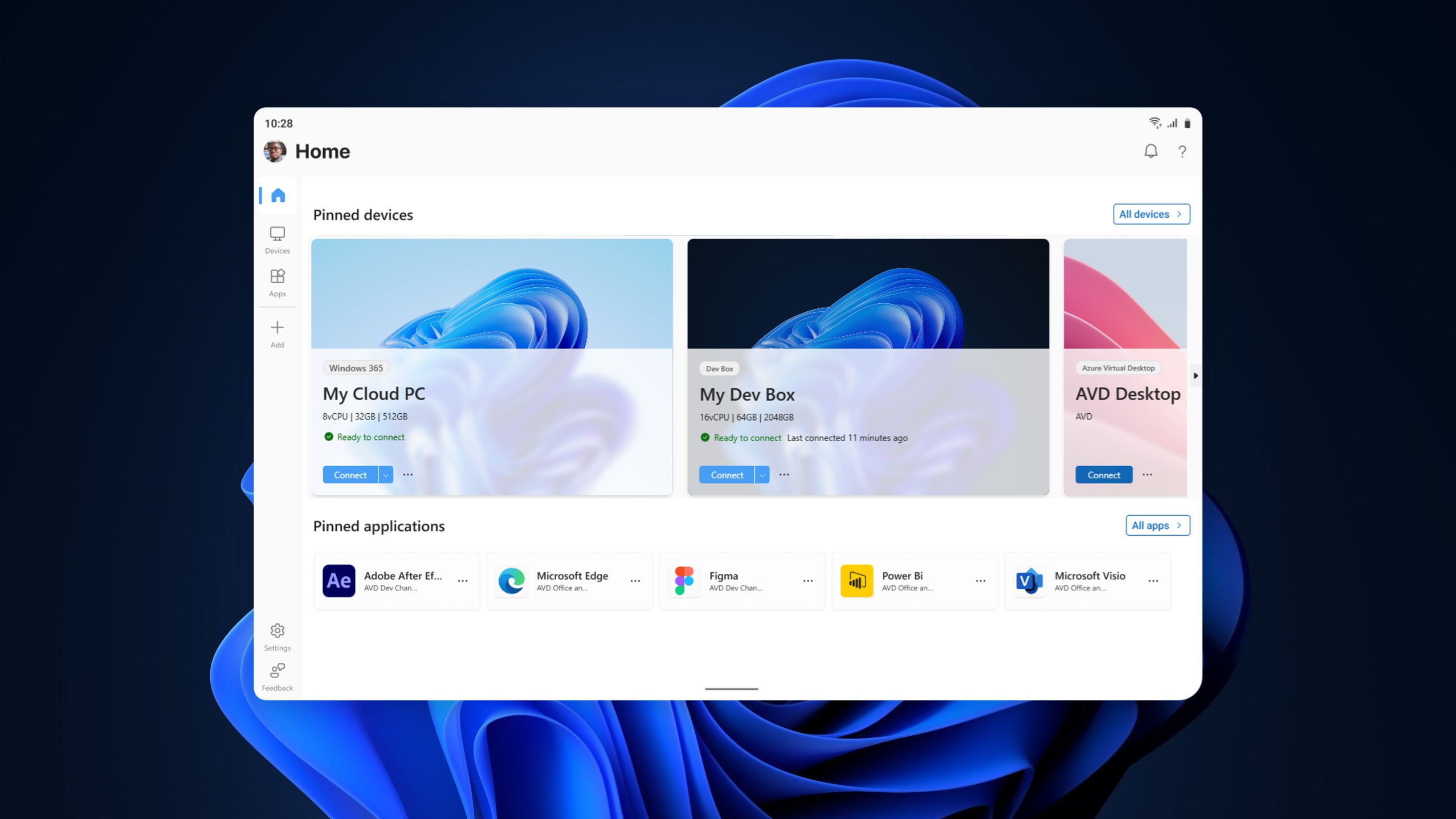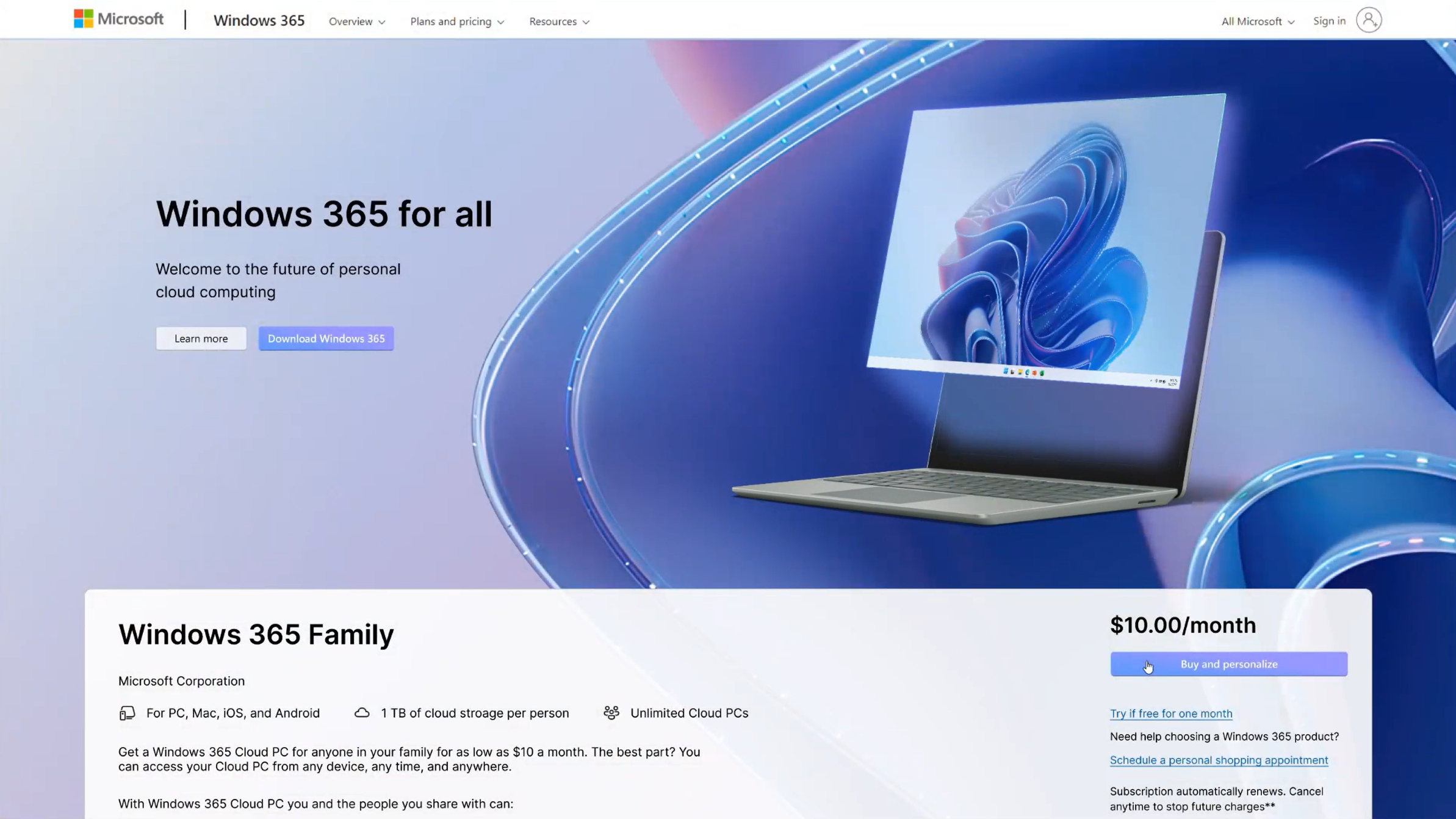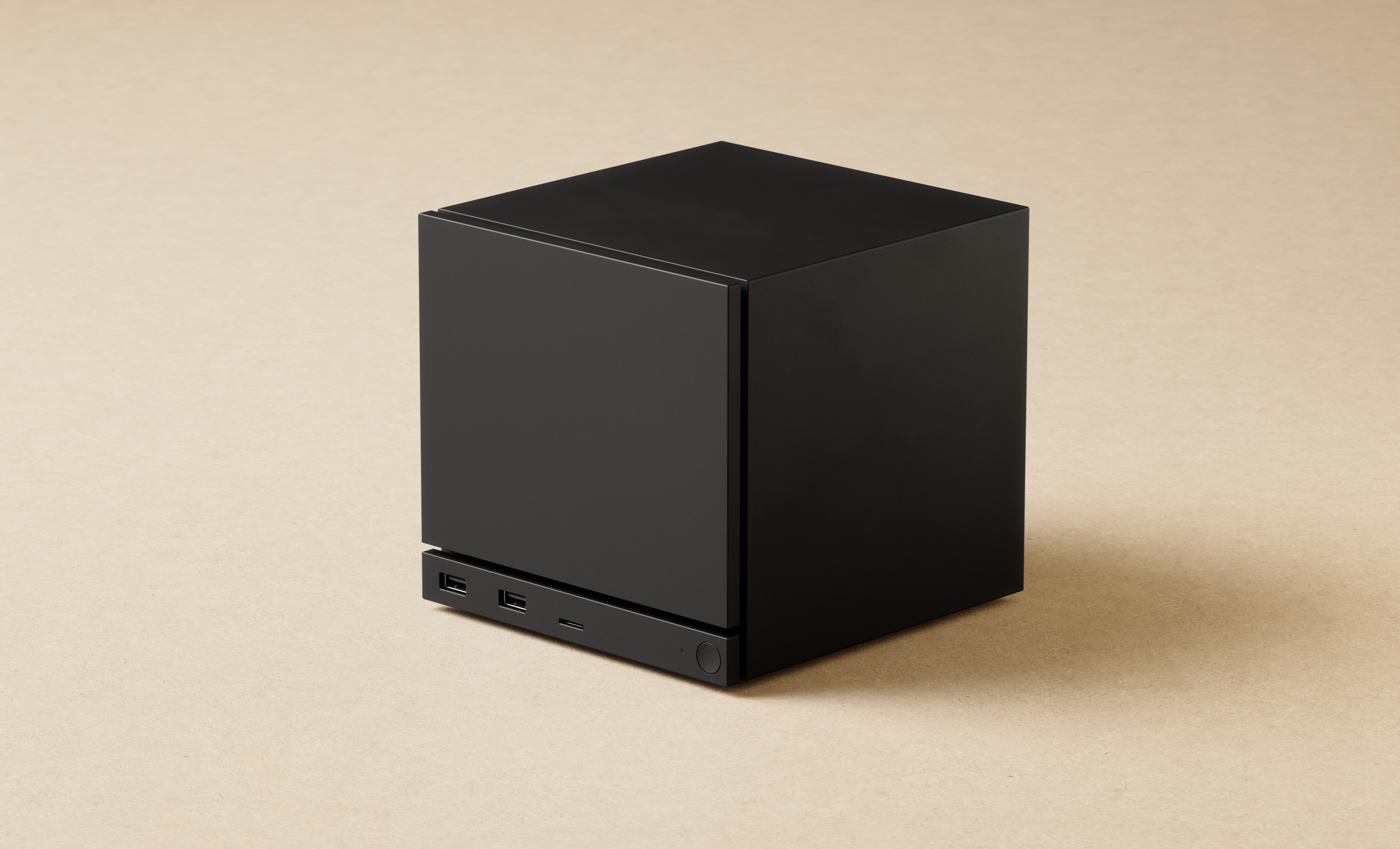Microsoft unveils the 'Windows app' for accessing Windows PCs in the cloud from any device
Microsoft brings Windows to non-Windows devices.

What you need to know
- Microsoft is launching the "Windows app" for iOS and the web, letting users access a Windows PC in the cloud from anywhere.
- The app is available in preview starting now, and lets you link up a Windows 365, Azure Virtual Desktop, or Microsoft Dev Box PC.
- Could this app be a stepping stone toward a consumer version of Windows 365?
- Microsoft is making its own Arm chips
- Copilot comes to all of Microsoft 365
- Bing Chat rebranded to Copilot
- Microsoft Loop now generally available
- Microsoft Mesh and Immersive Spaces
- Microsoft Planner merges To Do and Project
- Microsoft launches Copilot Studio
- Microsoft Security Copilot
- Copilot web app goes live
Microsoft is announcing a new "Windows app" for iOS and iPadOS, the web, and Windows today that enables the ability to connect to any of your remote Windows PCs no matter where you are. The app was announced at Ignite 2023 and is available now in preview, and lets users connect up a Windows 365, Azure Virtual Desktop, Microsoft Dev Box, or personal Remote Desktop PC.
The new app acts as a customizable home screen that incorporates all of Microsoft's current Cloud PC services, as well as Remote Desktop and RDP connections. It supports multi-monitor setups, custom display resolutions, dynamic display resolutions and scaling, peripheral redirection, and more.
Curiously, Microsoft says the app is only available on iPad OS, iOS, Windows, and the web, but the screenshot provided is clearly of the app running on an Android tablet. Perhaps the Android app will be coming later. The web app can be accessed at the windows.cloud.microsoft URL.
In addition to the Windows app, Microsoft has announced several improvements coming to the Windows 365 service, including support for GPUs, new AI capabilities, Cloud PC watermarking, and much more.
A foundation for the consumer version of Windows 365?
Right now, all of Microsoft's Cloud PC offerings are aimed squarely at enterprise customers, with no options for consumers to subscribe to a Windows PC in the cloud currently. However, we know Microsoft wants to position Windows in the cloud as a consumer product at some point. Could the Windows app be a first step towards this goal?
If you think about it, the idea of a Windows app for iOS and Android makes perfect sense if the goal is to move Windows to the cloud for everybody. Now that the Windows app exists, Microsoft can launch a consumer version of Windows 365 and allow anyone to subscribe to a Windows PC in the cloud, accessible at any time regardless of whether they have a Windows, iOS, or Android device.
All the latest news, reviews, and guides for Windows and Xbox diehards.


